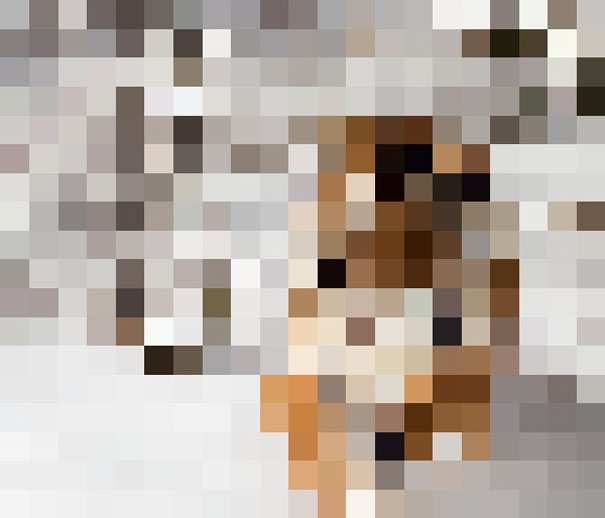This content originally appeared on foobartel.com :: Stream and was authored by foobartel.com :: Stream
I’m a fan of data visualisations and this campaign, resurfaced from 2008, depicts the amount of animals in a certain species by the amount of pixels used in their image. This is a great way of visualising and unfortunately some of the images put it in a rather worrysome perspective :( Yet it’s a neat and creative way to display the information. I suppose the numbers aren’t correct anymore, since it’s been 10 years, and hopefully you’d think they would have improved again by now…

See all the images of the campaign
Update: According to Wikipedia there were ~562 tigers around in 2015, so maybe that’s good news for 2019 onwards.
This content originally appeared on foobartel.com :: Stream and was authored by foobartel.com :: Stream
foobartel.com :: Stream | Sciencx (2019-10-25T22:00:00+00:00) Pixelated Population. Retrieved from https://www.scien.cx/2019/10/25/pixelated-population/
Please log in to upload a file.
There are no updates yet.
Click the Upload button above to add an update.
